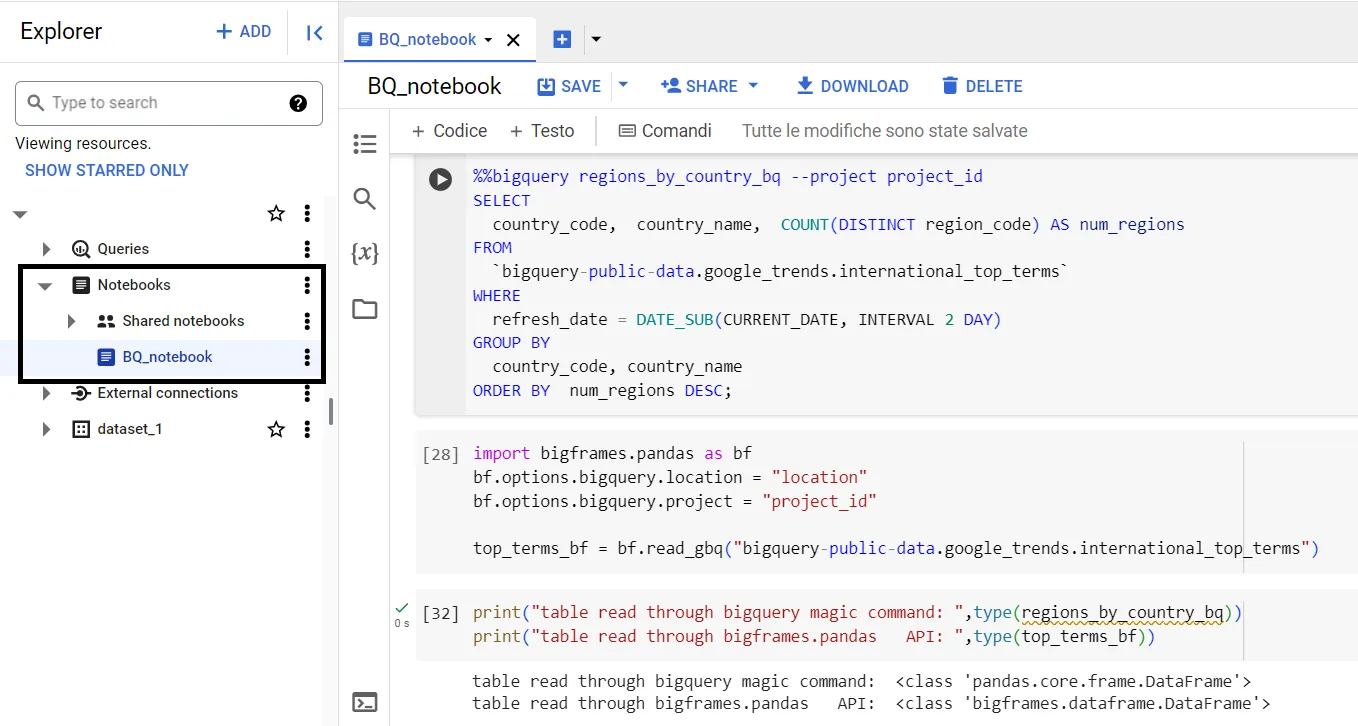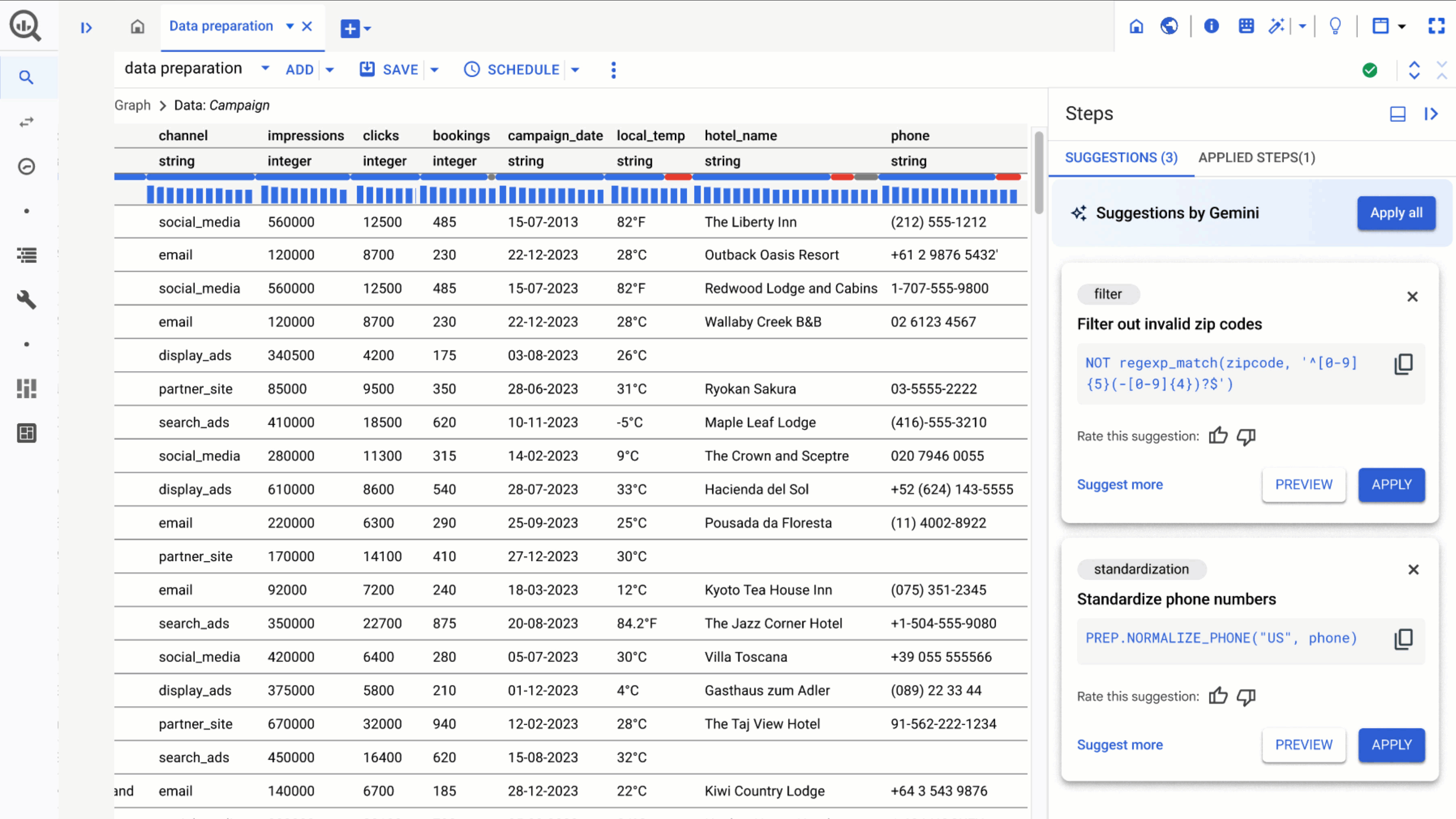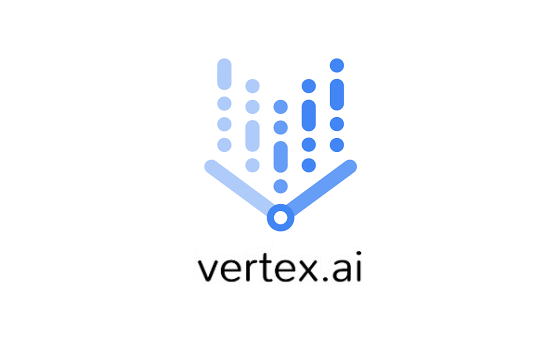On Thursday, September 5th, we had the opportunity to participate in a Masterclass at Google’s offices in Brussels. This event allowed us to learn more about the latest developments related to Google BigQuery, our primary Data Warehouse used for the Smart Analytics solution.
BigQuery Studio
Google BigQuery Studio is a serverless data analysis tool integrated within Google Cloud. It combines services such as Dataproc, Dataflow, BigLake, BigQuery, and Vertex AI to centralize and simplify data workflows. The goal is to enable teams to manage various types of workflows—data preparation, data exploration, or AI model deployment—within a single interface.
Integration of Python Notebooks
One of the practical new features is the integration of Notebooks directly into BigQuery. This allows users to utilize programming languages like Python while having direct access to the various datasets stored in BigQuery. Additionally, it is now possible to run these scripts automatically.

This feature opens up new possibilities for data manipulation and preparation, thanks to the use of libraries such as pandas and numpy.
Data Preparation with AI
Google has also introduced a new data preparation tool based on its AI model, Gemini. With simple commands written via prompt, it is now possible to perform manipulations on the columns of a table.

Integration of the Vertex AI Platform
Vertex AI, the platform for AI and machine learning (ML) for model development and governance, is also an integral part of the Google suite. Now, there is no need for API calls between BigQuery and Vertex AI to train or deploy a ML/AI model; everything is integrated within BigQuery Studio. This feature allows access, from the BigQuery environment, to a range of AI/ML models tailored to specific use cases and offered at different price levels. Here are some examples:
- Gemini Pro: designed to handle natural language processing (NLP) tasks, similar to ChatGPT.
- PaLM: designed for chat, where the model keeps track of previous messages and uses them as context to generate new responses.
- Codey: designed to generate code and allows developers to ask for help with coding questions.
- Text Embedding: generates vector embeddings based on text for tasks such as semantic search, recommendation, classification, and anomaly detection.
- Imagen: a text-to-image model that allows businesses to generate and customize studio-quality images at scale.
- MedLM: a family of models tailored for the healthcare industry.

Conclusion : Smart Analytics
In conclusion, all these new features are now available and can be integrated into your reporting or AI project, provided you use our Business Intelligence solution, Smart Analytics. This solution enables you to automatically extract data from your Odoo to a data warehouse like Google BigQuery.
To find out more about the solution, visit our product page.
What's new in the Smart Analytics landscape?